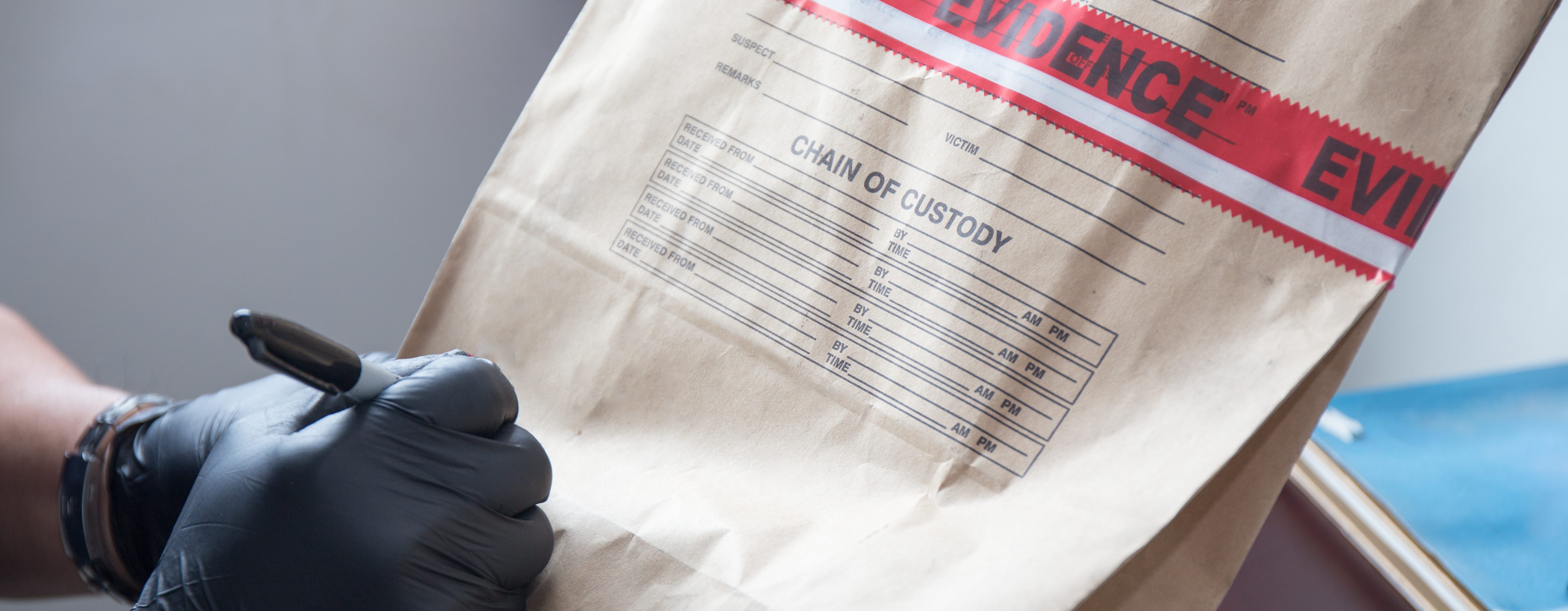
For coroners and medical examiners, the opioid crisis is more than “a” focus, it is becoming THE FOCUS. Across the country coroners and medical examiners have more reports to file than ever, and often they might not have all the tools needed to make filing more reports happen. We can already see some negative effects of this, and if not handled correctly, we will likely see more. In the battle to keep up with already full schedules, finding time to focus on quality and timely reporting can become just another “to-do,” which no one wants to see happen. Accurate cause of death (COD) reports are used for defining public health trends, and in the case of the opioid crisis, they are the main tool utilized to combat issues.
1. Inaccurate and Inconsistent Reporting Across Jurisdictions
Many states are struggling to accurately report opioid deaths, more specifically the TYPE of opioid that was involved. Without complete data, reports must be resubmitted, causing frustrating delays and hampering efforts to find solid solutions to the crisis. More importantly, incomplete data throws off mapping of the opioid problems, and misrepresents the depth and breadth of the crisis. Why does this matter? As Dr. Jeanine M. Buchanich said “Incomplete death certificate reporting hampers the efforts of lawmakers, treatment specialists and public health officials. And the large differences we found between states in the completeness of opioid-related overdose mortality reporting makes it more difficult to identify geographic regions most at risk.” (Scicchitano, Eric)
2. Incomplete Data Causes Opioid Deaths to be Underestimated
Just as incomplete reporting causes inaccurate mapping and increased risk to certain populations based on geography, it also causes the actual number of deaths, in this case opioid ones, to be drastically underestimated. This creates a ripple effect that further endangers the public and increases the already burdensome workload for those filling out death records. While processes and technologies are being implemented to help combat this issue, it is important to think long term, and make sure everyone understands how critical it is to have accurate reports. One good way that some states are helping to additionally solve this problem is by offering more support to their coroners and medical examiners, particularly through training opportunities.
3. Coroners and Medical Examiners Go Above and Beyond
To avoid sounding completely negative, we want to note that medical examiners and coroners are doing even more than working harder, faster, and more thoroughly on the reporting side. A great example of this is an opioid warning campaign from them directed at the general public. One of the hopes of this “personalized” notice is to make the true impact of opioid use clear – get clean or die. If this proves to be successful in New York, the pilot state, it could be a powerful nationwide tactic to employ in fighting the epidemic.
Although the outlook might seem bleak at the moment, the good news is that AWARENESS of the problem is truly taking off. This is an important first step. Now let’s work together to keep the solutions coming for the greater health of America and the world.
If you’re interested in learning more, and discussing other issues, connect with us on LinkedIn and Facebook, or email Kim West.
Sources:
Study: Coroners inconsistent with OD death data | Eric Scicchitano
Opioid-Related Deaths Underestimated Because of Incomplete Reporting, Study Says | Allison Inserro
‘Sharp increase in deaths’ putting strain on Cambridgeshire’s coroners | Josh Thomas
NY coroners launch opioid use awareness campaign | Joe Mahoney
